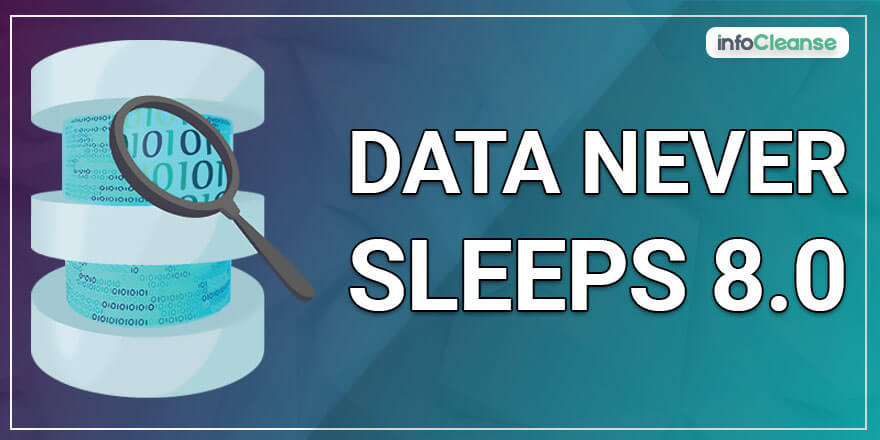
As we start to pick up the remains left behind by the occurrence of COVID-19, one thing remains crystal clear for any marketer and businesses out there: the impact of data consumption in our current digital world has no doubt intensified while in midst of our current pandemic.
Between quarantine and the widespread lockdown of offices, banks, stores, restaurants, and more, society largely shifted its presence online.
However, scaling back to pre-covid times, the data amount that was being created & shared was already increasing, albeit steadily. This strongly suggests how powerful online trends are here for the long run and data availability will keep on increasing in number.
Focusing back on the present, a recent study from Sisense reveals how 50% of companies are starting to utilize data analytics much more as compared to pre-pandemic times. This includes over 68% of small businesses as well.
According to a report from April 2020, about 59% of our global population has internet access, while 4.57 billion are active users – this is about a 3% increase from the previous year i.e. 2019. Among those numbers, 4.2 billion are active mobile users while 3.81 billion utilize social media.
Given how COVID-19 has provided access to a much larger remote workforce, it’s safe to say, the future of our work is here and it starts at home! – Well, at least for now. Here’s one way of looking at this estimation:
Unable to keep up with face-to-face interaction due to social distancing, the usage of Google Duo, a video-chat mobile application had an increase of 12.4% (between January-March) while over 27k individuals met over Skype per minute.
Additionally, the Facebook-owned text messaging platform, WhatsApp had also observed a 51% increase in usage during the pandemic.
With each passing minute, data grows more and more in number, now, this roughly equates to over 140k photos uploaded by users within that minute and that’s on Facebook alone.
However private companies like Facebook or Amazon aren’t the only ones with data. Even governments utilize data and the most noticeable one is the contact tracing application that alerts individuals when/if they remain close to someone with COVID-19.
This means data currently displays no signs of pulling back on its growth and yes, there are numbers to back up this claim. These numbers are not slowing any time soon and are expected to increase as the global internet population continues to grow over the years.
Infographic Content:- Numbers don’t lie! More importantly, it reveals how individuals increasingly depend on apps to work from the comforts of their homes.
Now, let’s see: There’s video chat for socializing, mobile delivery services for ordering any type of goods, video streaming applications for entertainment, and the list goes on. As such, data is constantly generated through ad clicks, media shares, social media reactions, transactions, rides, streaming content, and more.
Remember, every minute accounts for data generation. Here are the newest stats on how much data is generated within each digital minute – let’s have a look!
But keeping data aside for a sec, what about the money that’s being put online every minute? Well, it is estimated that consumers spend roughly $1 million online.
Additionally, Venmo users send over $200k worth of payments while more than $3000 is spent on mobile apps.
This shouldn’t be much of a surprise given the fact that the popular online marketing company Amazon ships out 6,659 packages (in the U.S alone).Meanwhile, online delivery & takeout platform Doordash diners order approximately 555 meals.
As our society continues to change, businesses must adapt to these changes as well and this pretty much requires data. Every swipe, click, like, or share adds to a much larger database and potentially hints at uncovering the needs and wants of your customers.
Hence, when these numbers are examined properly, the data acquired can assist in a much better understanding of a world that moves at an increasing speed.
Enterprises today navigate a complex business landscape combined with rapid technological evolution and fierce competition.…
In the ever-evolving B2B ecosystem, staying ahead of the curve is becoming a matter of…
From time immemorial, lawyers have played a crucial role in shaping our social fabric. With…
A pioneer in the automotive industry, the USA was the first country in the world…
The global software spectrum is so diverse and versatile that there is never any dearth…
What is the first thing that crosses your mind while visualizing a healthcare facility? The…